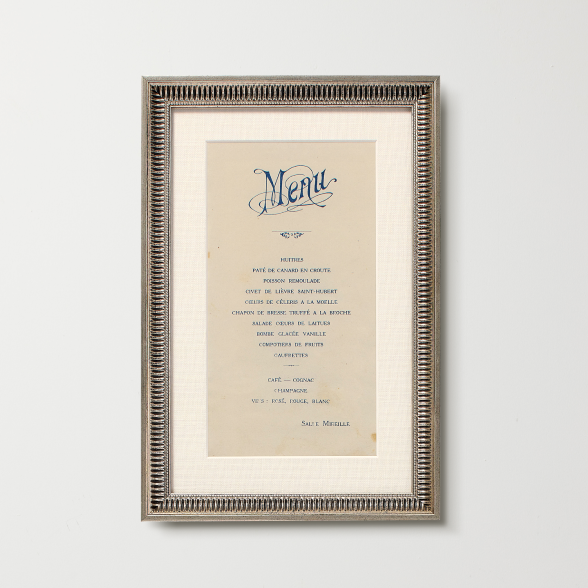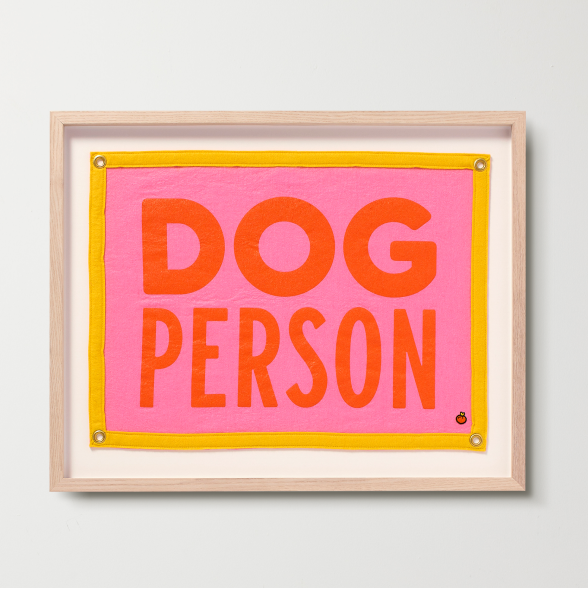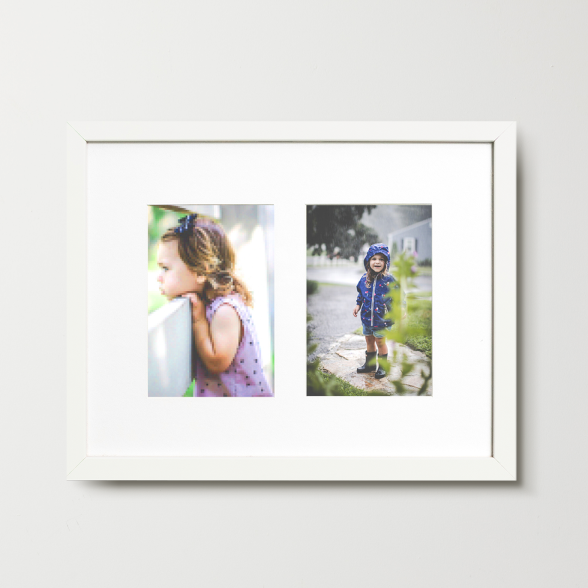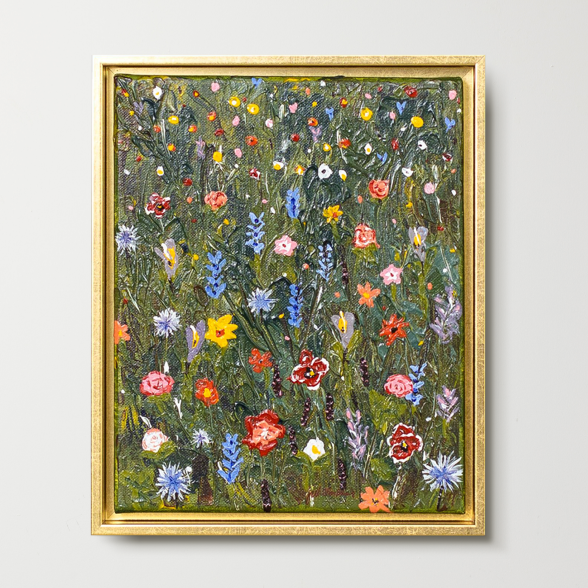Meet the Artist: Ashley Johnson
Ashley Johnson is a multidisciplinary artist living in North Carolina. Her work explores Black and Southern femininity, identity, and culture with mixed media. We’re proud to feature her as one of our favorite artists.

Can you tell us about your background as an artist?
I kind of fell into fine art photography in an inadvertent way. My history for the most part had just been lifestyle photography, working for businesses. What happens if I follow some of these tangents and really interesting ideas that I've had for some time and just play? So it's been a navigational tool to understanding myself better, practicing a little bit more, and it didn't really begin in an intentional way. It was just curiosity. I think curiosity leads a lot of what I do.
How do you bring your identities into your work?
All of my work begins with questions. In my early work, it all began with questions of understanding myself as a Black woman and being more in touch with myself, particularly when I cut my hair off. I just went through a phase of transitioning from relaxed into natural hair. Around that time natural hair became sort of a thing. I was very curious about the underlying reasons why we chemically straighten our hair. And then I was curious about what that meant for me. Cutting off my hair and growing it back natural also unearthed so many different layers of identity—from Southern expectation to my own understanding of myself as a Black woman to understanding the things that maybe I was hiding or running from or didn't fully understand about myself or the diaspora. It was a series of questions that led me down a path of truly understanding myself, and, in doing so, helping others who may not have that sort of eye for curiosity, or that penchant for self-understanding to follow that course themselves. It’s not typically a conscious decision to include myself, but for a while my work was mostly a mirror and a tool to explore myself and those sort of identity layers.
How do you think your work evolved from there?
When I do shows, typically they involve live performance. I'm so drawn to the performative ways that work or art can exist. I usually do talks, and I'm able to navigate the work with folks in a very tangible way. And I get a very diverse range of folks who come to the show, so it's not necessarily a space where one type of person or just Black women come in and feel received. It’s a communal body of work that brings people in in the most real way. Most people just want to be able to relate and understand how they are like others so they don't feel so alone. I find that home in Black women and Black women find that home in my work. Other audiences, some white audiences, or just all different types of cultures and levels of understanding, approach the work with an attempt to understand or navigate around them. What I really want for people to receive is that there are layers of identity within folks that you may not understand or realize just by being around them every day. When it comes to the broader audience as a whole, people approach with a whole bunch of different perspectives. I think what's more important, though, is folks being able to follow their curiosity and ask questions about the work.
You work primarily with photography, but then bring in other mediums like textiles and flowers. How do you utilize those to tell the stories that you feel need to be told?
I like textiles. I've always been into textiles and always love making things with my hands. Anything that involves repetitive motion is very meditative for me. In my early work, you'll see a lot of weavings and braided masks and things like that. Having this sort of repetitive motion of making masks also ties into the cultural muscle memory of braiding and twisting and things that seem very specific to Black women. It's like the things that you grew up with develop a very different understanding of your sense of time. You sit and get your hair braided for hours, which is very different to Black women than it would be to get your hair done as a white woman. So I'm always very drawn to process. A lot of being a Black woman is to be dedicated to a process and that's why hair practice is such a huge part of my work. I incorporated florals which usually have a lot to do with regionality. Myself as a Southern woman, I use a lot of dogwoods and tulip magnolias for masking, and that's also another practice in growth and change. Because so much of my work—or so much of myself—is tied to process-driven work, I sort of integrate those naturally.
As a photographer, what strikes you about the subject? Do you feel something particular when you see someone or something you want to photograph?
With my larger series, usually, I did a call to see who wanted to hang or be available, but the pairing of people was very specific. For me, it's not necessarily about the actual person because a lot of my folks are masked, so they're put in positions where they can't see. And they have to use the information that I give them and also the information around them to navigate actions. Because a lot of the work, again, is performance-based, there are folks that are weaving, there are folks that are sitting or holding or drinking. So it's not really about the actual type of person or choosing a specific person, it's about giving direction in the scene. I pick the subject based on their willingness and openness to the experience. I also love the diversity of bodies and skin tones available to me. Mostly, I always try to diversify that piece—making sure that I include different types of people in the work.
Can you tell us more about the idea of masking and how that enters your work?
It’s also a natural process. I've always just liked obscured faces. Usually when you have facial expressions in art, it communicates so much information. I'm such a curious person, I want someone to sit for a second and really think about why something exists in the frame. With masking you don't have the help of a model with their face to basically read the image for you. You have to pick up on all of the other things around this image to create narrative for yourself. It forces you into other areas of the image instead of the face. I'm drawn to letting viewers sit with an image and draw conclusions and also ask more questions. Where's your curiosity gonna take you with this? Mask-making is like a piece of identity, too. The Magnolia series was specifically tied to my understanding of my hair identity and how much of that was so vital to my my personhood, both in detrimental ways and very essential ways. Having braided masks was really important to me—like having this very process driven basketmaking experience—covering people's identity with what my identity was tied to. In the spring, I challenged myself to make floral masks and use flowers that bloom in the spring. But masking for me is really about allowing an audience member to engage with the photo without the help of someone's expression.


And how about the two pieces that are in the Print Shop—Southern Woman in White Dogwoods and Father Son?
Southern Woman in White Dogwoods, just a really homey piece. I'm a Southern woman. It's such a huge integral part of my identity, both the way I engage with the world and the space around me (It's our state flower here in North Carolina.) Even with all conflict in our lives, it’s the place where I feel most home. It’s very bright and in the piece she's almost like a statue. She's very resolute in her space. It’s a very confident image. It just felt very confident and natural and real.
A local branch of Lululemon wanted photos of their employees with their dads for Father's Day and they asked me what my interpretation of that was. The idea was about things that your father passed down to you. I thought, how can I convey the ways in which fathers give us things? We think about how moms literally birthed us into the world. How do we put fatherhood into perspective in that way? It felt like hands were the right way to do it. There are a few images in that series where hands are clasped or literally tied together and things like that. But I love this dichotomy of age and wisdom in hands—being able to see both in youth and in age. It’s a very simple image to take, but also in thinking about taking the photo, you have to be a father and son face-to-face. They're wrapped in this very still space, either touching or not, and you don't usually see a lot of that physical intimacy between fathers and sons. I was very drawn to creating that intimacy inside and outside of the frame while also acknowledging the difference between age and what fathers give to their children.
Learn more about Ashley at her website and Instagram page.






































